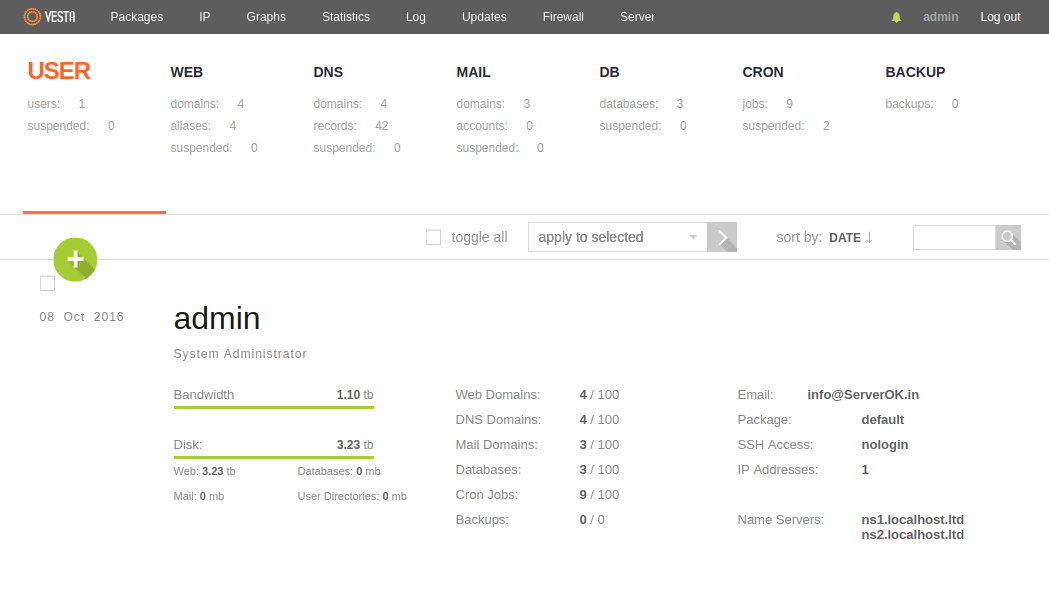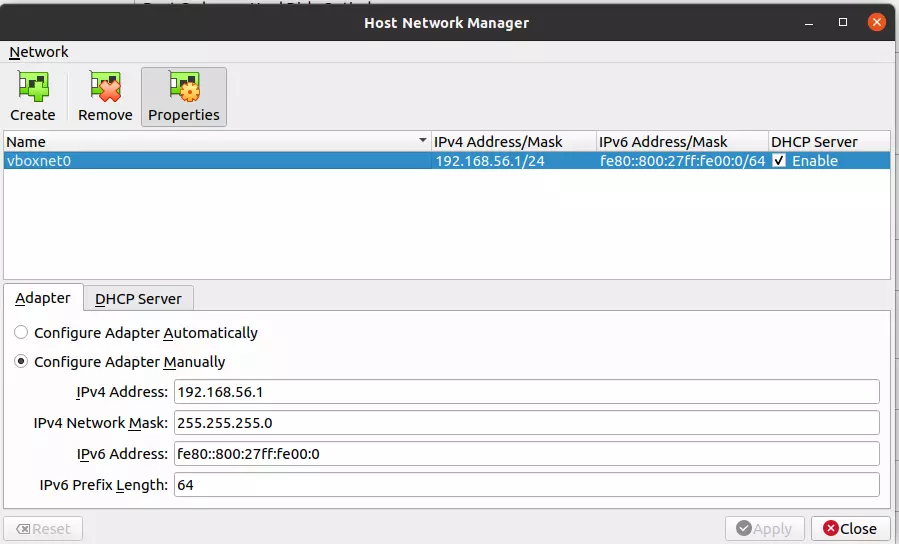Nmap is a network exploration and security auditing tool. It can be used to identify hosts and services on a network, as well as security issues. Nmap can be used to scan for vulnerable open ports on systems.
To identify Operating System on a remote server or computer, you can use the command
sudo nmap -O REMOTE_COMPUTER_IP
Example
boby@sok-01:~$ sudo nmap -O ok.serverok.in Starting Nmap 7.80 ( https://nmap.org ) at 2022-09-18 03:03 IST Nmap scan report for ok.serverok.in (51.38.246.115) Host is up (0.18s latency). rDNS record for 51.38.246.115: ok Not shown: 984 closed ports PORT STATE SERVICE 23/tcp filtered telnet 25/tcp filtered smtp 80/tcp open http 135/tcp filtered msrpc 139/tcp filtered netbios-ssn 443/tcp open https 445/tcp filtered microsoft-ds 593/tcp filtered http-rpc-epmap 1900/tcp filtered upnp 2323/tcp filtered 3d-nfsd 3005/tcp filtered deslogin 3333/tcp open dec-notes 5555/tcp filtered freeciv 10001/tcp open scp-config 50002/tcp filtered iiimsf 52869/tcp filtered unknown Aggressive OS guesses: HP P2000 G3 NAS device (90%), Linux 2.6.32 (89%), Linux 2.6.32 - 3.1 (89%), Ubiquiti AirOS 5.5.9 (89%), Ubiquiti Pico Station WAP (AirOS 5.2.6) (88%), Linux 2.6.32 - 3.13 (88%), Linux 3.0 - 3.2 (88%), Infomir MAG-250 set-top box (88%), Linux 3.7 (88%), Netgear RAIDiator 4.2.21 (Linux 2.6.37) (88%) No exact OS matches for host (test conditions non-ideal). Network Distance: 18 hops OS detection performed. Please report any incorrect results at https://nmap.org/submit/ . Nmap done: 1 IP address (1 host up) scanned in 10.94 seconds boby@sok-01:~$
See nmap






